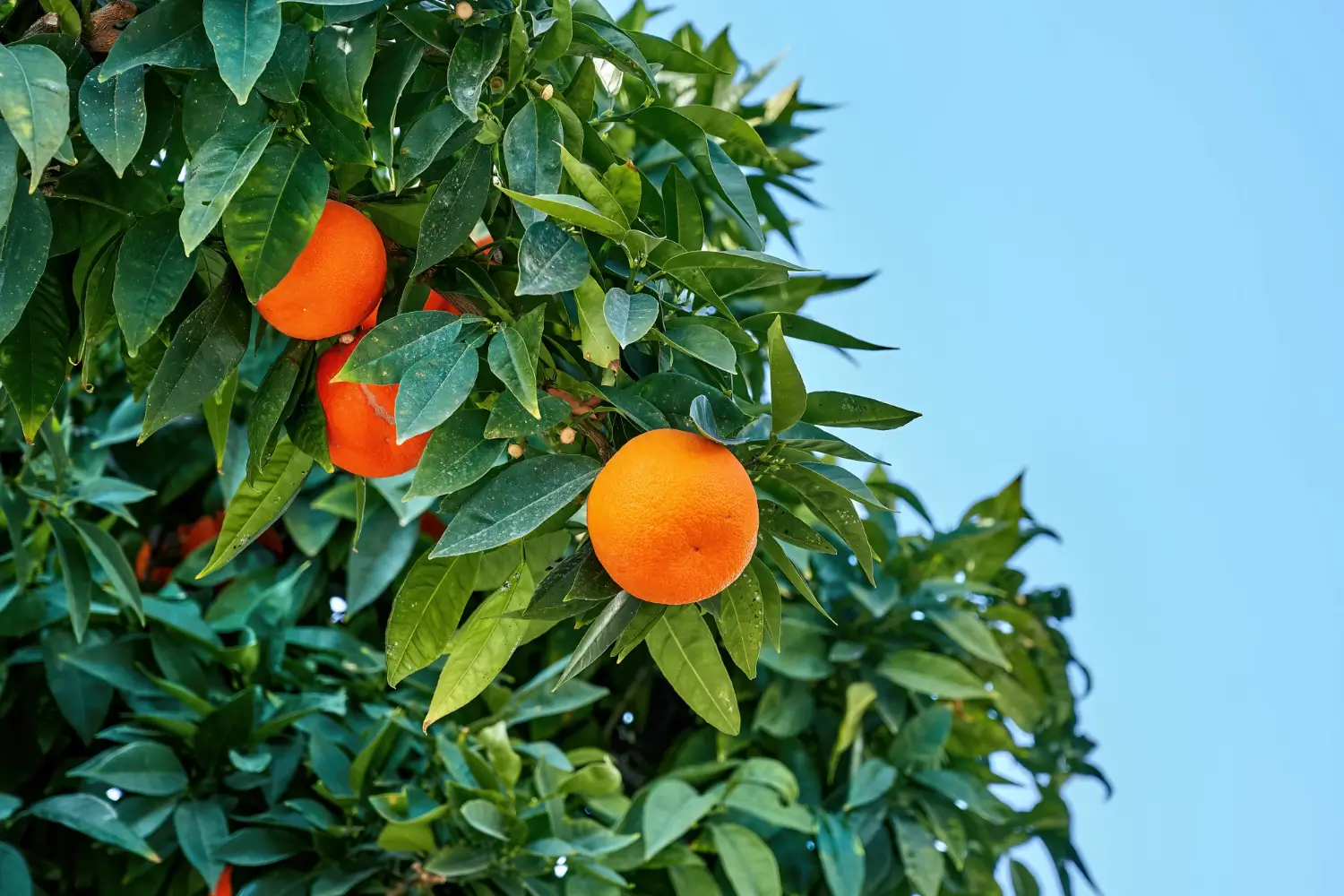
Soil Health & Fertilization
We unite suppliers and green industry professionals worldwide
The Rattlesnake Plant is a tropical show-stopper that brings the rich, colorful patterns of the jungle into your home. Whether paired with other tropicals or simply left to shine alone, this charismatic foliage plant adds a touch of wild elegance to any i
By Mariam Scott
|Published on June 20, 2025


Ever seen a plant that appears hand-painted and that moves with the rhythm of the day?
The Rattlesnake Plant (Goeppertia insignis, formerly Calathea lancifolia) is a tropical show-stopper that brings the rich, colorful patterns of the jungle into your home. With its wavy, lance-shaped leaves streaked in dark green like brushstrokes and richly colored purple undersides, this plant feels alive—because in many ways, it is. A member of the “prayer plant” family, its foliage subtly raises and lowers in response to light, making it a dynamic, ever-changing piece of living art.
Native to Brazil, this variety of Rattlesnake Plant loves warm, humid conditions and is highly favored among indoor plant lovers for its flair and being non-toxic— safe for kids and pets alike. Though it may demand a little care in return (moisture, in particular), it gives as well as gets, providing year-round beauty and sculptural flair, and a bold energy that enlivens shelves, tabletops, or shadowy corners with ease.
Whether paired with other tropicals or simply left to shine alone, this charismatic foliage plant adds a touch of wild elegance to any indoor garden.
| Common Names | Rattlesnake Plant, Calathea Rattlesnake |
| Botanical Name | Goeppertia insignis (syn. Calathea lancifolia) |
| Type | Tropical evergreen perennial; foliage houseplant |
| Height | 1.5–2.5 feet |
| Sunlight | Bright, indirect light |
| Soil | Moist, well-draining and slightly acidic |
| Water | Keep consistently moist; do not allow to dry completely |
| Hardiness Zones | USDA 10-12 (typically grown indoors) |
| Bloom Time | Infrequent indoors; sometimes small, tubular flowers in the spring |

September 25, 2025
9 minute read
September 24, 2025
9 minute read
September 23, 2025
10 minute read
September 22, 2025
9 minute read


Join as a seller and connect with thousands of B2B buyers nationwide!
Sign Up
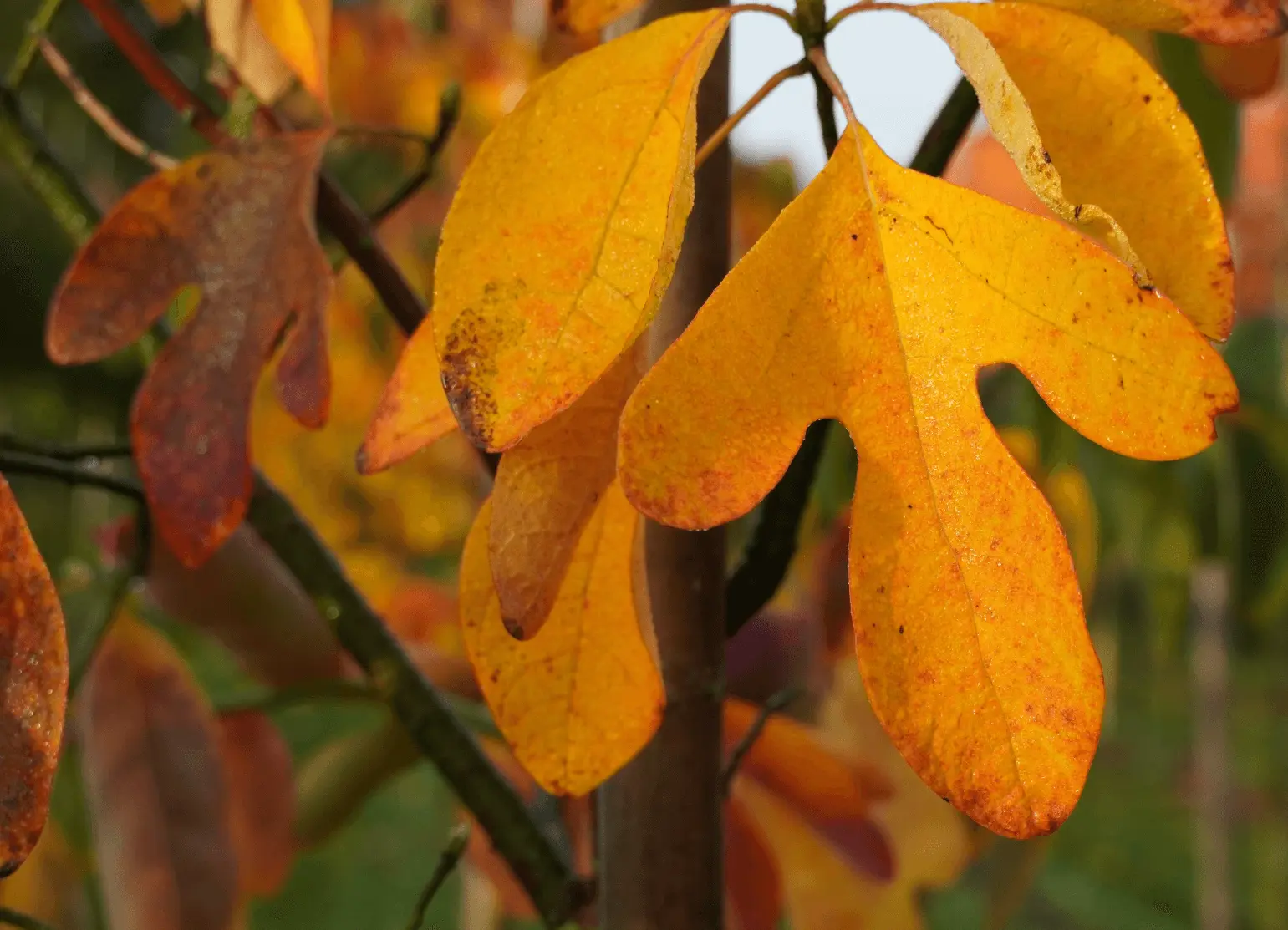
Sassafras
With its uniquely mitten-shaped leaves, spicy aroma, and a history rooted in both Native American tradition and Southern cooking, Sassafras is much more than an ornamental tree — it’s a living record of culture, utility and seasonal beauty.
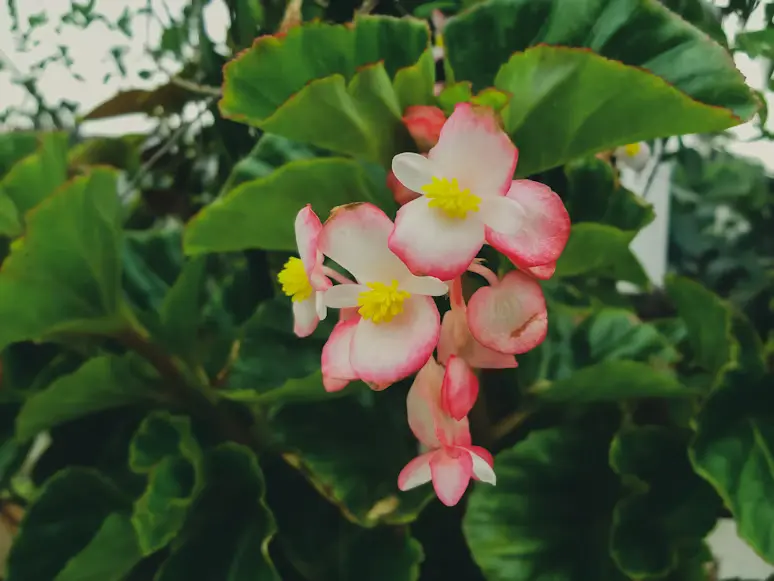
Wax Begonia
The Wax Begonia is a garden favorite for its shiny, waxy leaves, and clusters of long blooming flowers. Available in pink, red, white, and bi-colored forms, this versatile plant thrives in both sun and shade and works beautifully in borders, containers, a
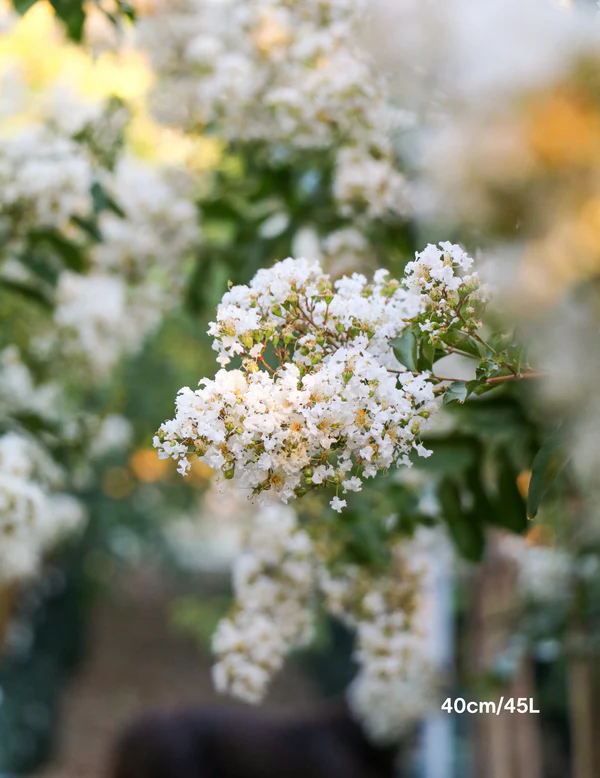
Acoma Crape Myrtle
Acoma Crape Myrtle is a compact, multi-stemmed beauty that delivers spectacular summer flowers and beautiful peeling bark, perfect for small spaces and big impressions! It is famous for having white flowers and smooth, attractive bark.
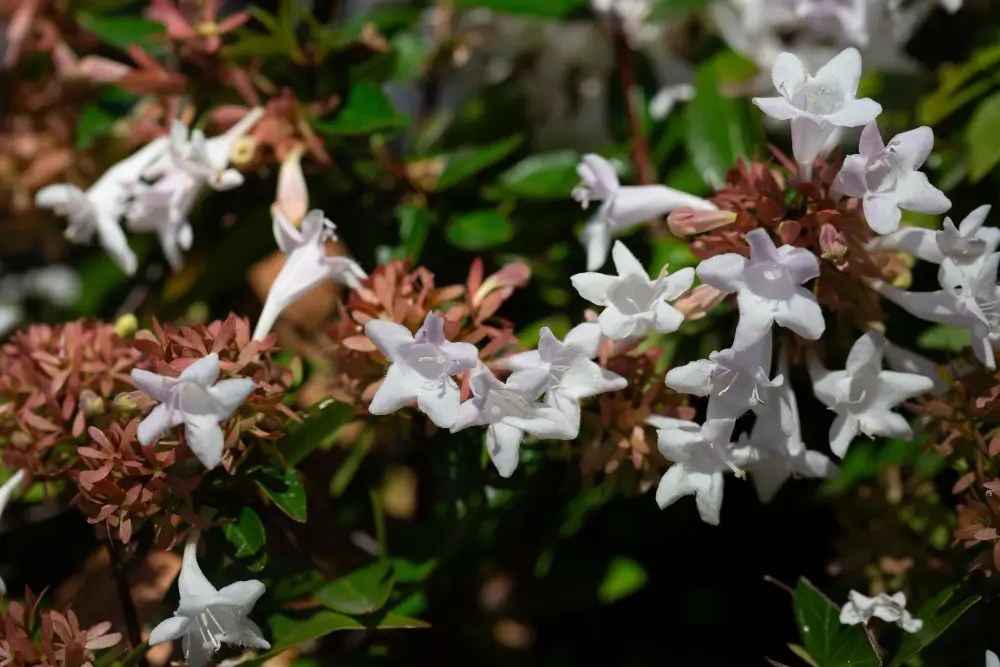
Abelia
Abelia is a favorite among gardeners looking for year-round interest with minimal fuss. This plant effortlessly combines grace with flexibility and fragrant flowers. Because it requires little care and produces flowers for a long duration, it has been lov
The Rattlesnake Plant is as sensitive as it is stunning. It does best with constant warmth, humidity, and prefers filtered or indirect light. It hates drafts, cold air and overly dry soil or air.Once you find its rhythm, care becomes intuitive—moist soil, high humidity, and gentle lighting. Keep sudden changes in the environment to a minimum and let its vibrant personality shine.
Tip: A pebble tray, humidifier or a spot in your bathroom can do wonders.
These plants originally grow under the forest canopy, thus too much direct sunlight can scorch their leaves. Give it bright, indirect light — such as near an east or north-facing window—or use sheer curtains to diffuse stronger rays. Too little light, however, can dull leaf coloration and slow growth.
Plant in a lightweight, well-draining potting mix that is rich in organic matter. A peat-based mix with some perlite or orchid bark works best. Aim for slightly acidic to neutral pH (5.5 to 6.5). Avoid compacted or heavy soils, which can hold water and cause the roots to rot.
Rattlesnake plants like their soil to be kept consistently moist without being soggy. Water deeply enough so that it reaches the bottom of the roots, and allow the top inch to dry between waterings (and preferably use filtered or distilled water —salts and chlorine from tap water can cause browning tips).
Reduce watering a bit in winter but do not allow the soil to dry out completely. Never let the pot sit in standing water.
Minimal pruning is needed, but occasional trimming improves appearance and health.
When to prune: Year-round as needed
What to prune:
Why it helps:
Use sterilized scissors and snip near the soil line. Never remove healthy growth unless absolutely necessary.
Propagation is best done by division—cuttings don’t root reliably.
Steps for division:
Be gentle— these Rattlesnake plants hate disturbance.
This plant is an ideal indoor container plant thanks to its modest size and has beautiful foliage. Use pots with drainage holes, and choose a container that allows for root growth without being too large.
Indoors, the Rattlesnake Plant doesn’t require dormancy but does slow down in winter. Here is how to take care of it:
While grown for its leaves, the Rattlesnake Plant may produce small, tubular, pale yellow or white flowers if conditions are right — usually in spring. They are rare indoors but are charming when they do bloom.
Remember, the foliage is the real star.
While pretty tough as an indoor plant, the Rattlesnake Plant can react strongly to environmental stress. The most common problems are related to watering, air quality and light.
Common problems include:
Keep a consistent routine and monitor closely during season changes.
The Rattlesnake plant is a charming, low-light tropical that adds elegance and movement to your indoor oasis. With its dramatic patterns, expressive leaves, and pet-safe nature, it is a favorite for both beginners and seasoned plant parents. Some warm light, steady moisture, and a bit of humidity and you’ll have a showy, responsive houseplant that flourishes year-round — no jungle necessary.
No – Goeppertia insignis is not poisonous to cats and dogs.
When the top inch of soil is dry — typically once a week in warm seasons, less often in the winter.
Probably due to dry air or minerals in tap water. Try filtered water and increase humidity.
Only in tropical climates (zones 10–12). Otherwise, grow as a houseplant.
A little misting can be beneficial, but persistent humidity from a humidifier is more effective for the long term.

Soil Health & Fertilization
Victor Miller
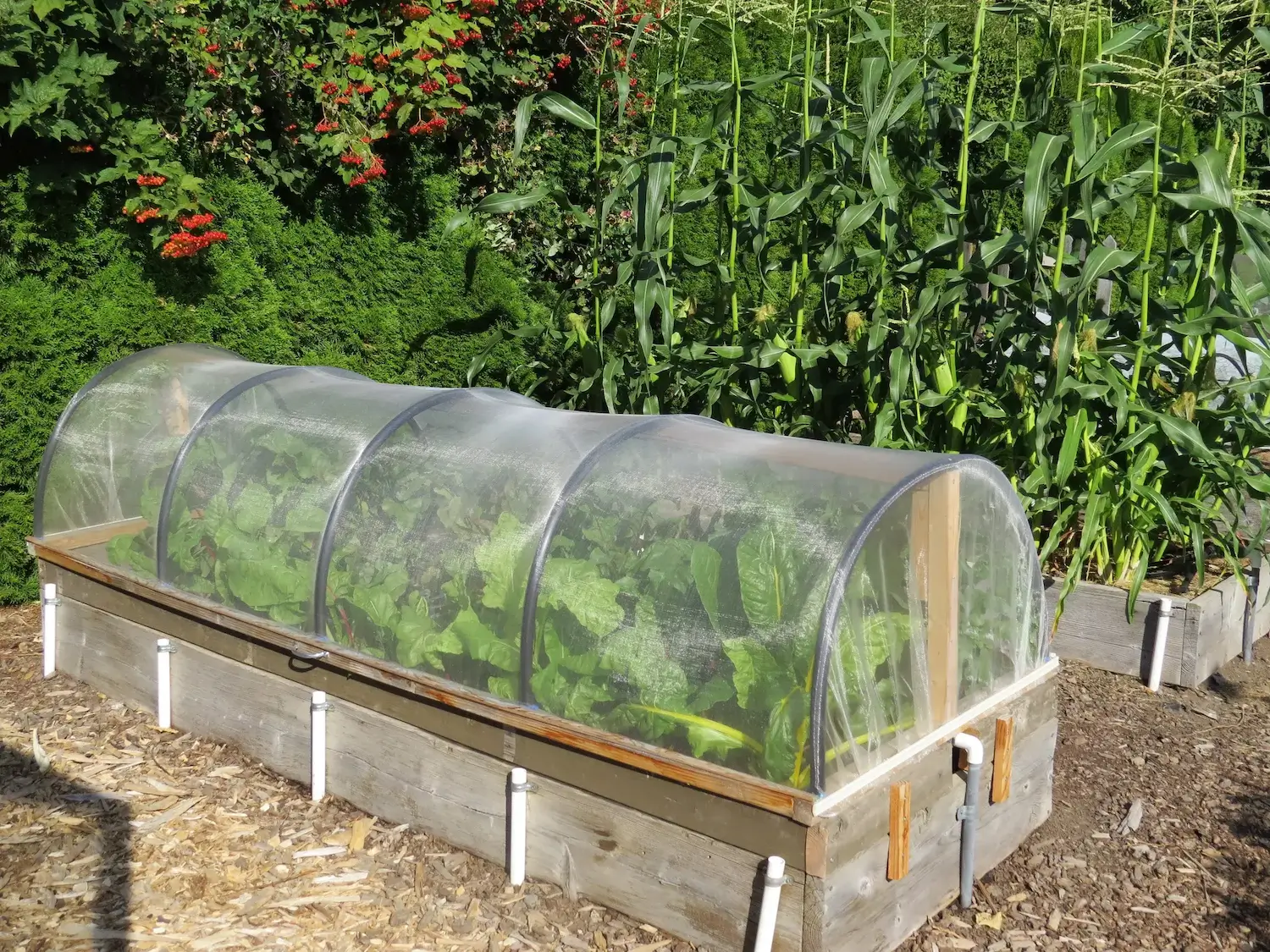
Pest Identification & Prevention
Victor Miller
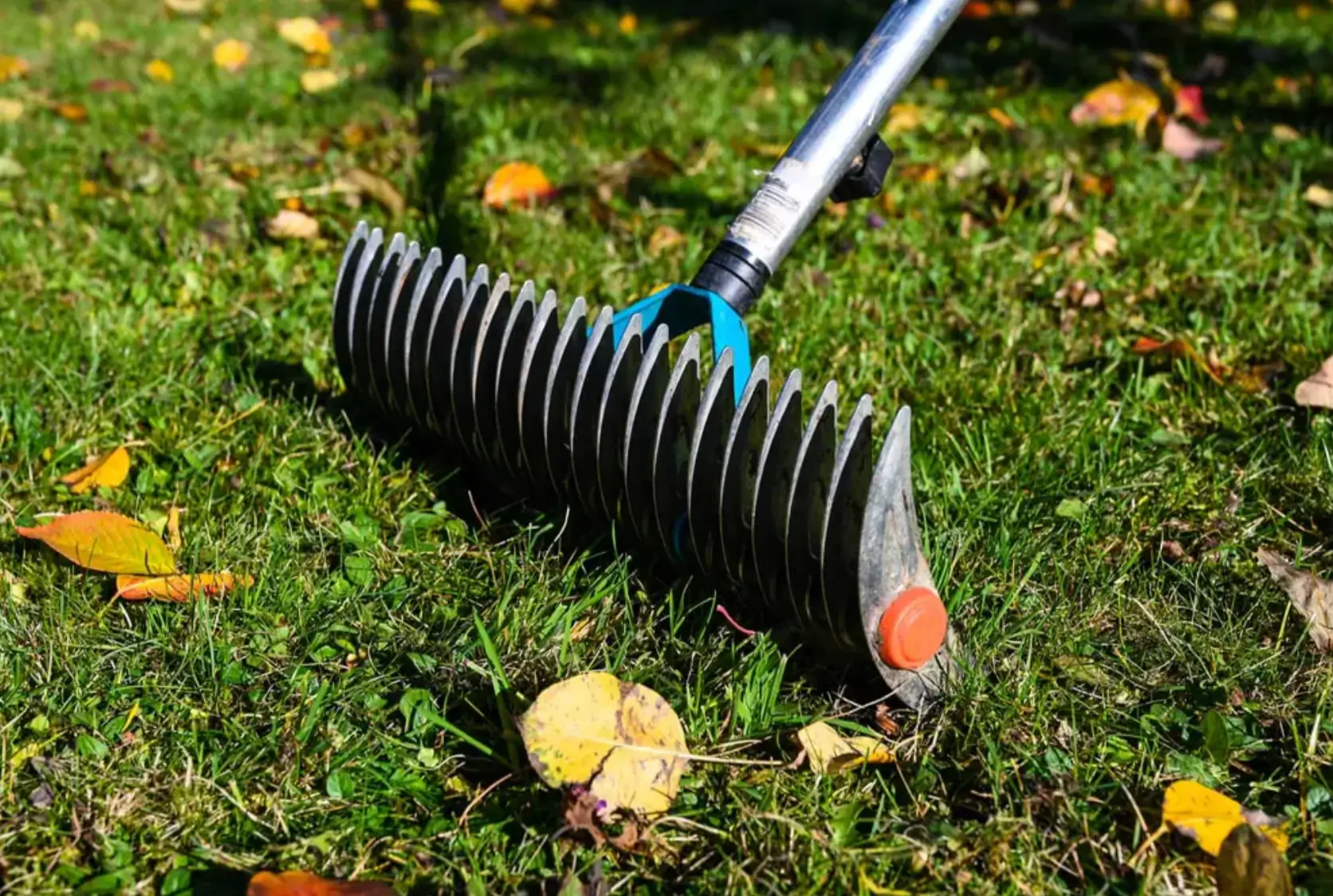
Lawn Care Tips & Maintenance
Victor Miller
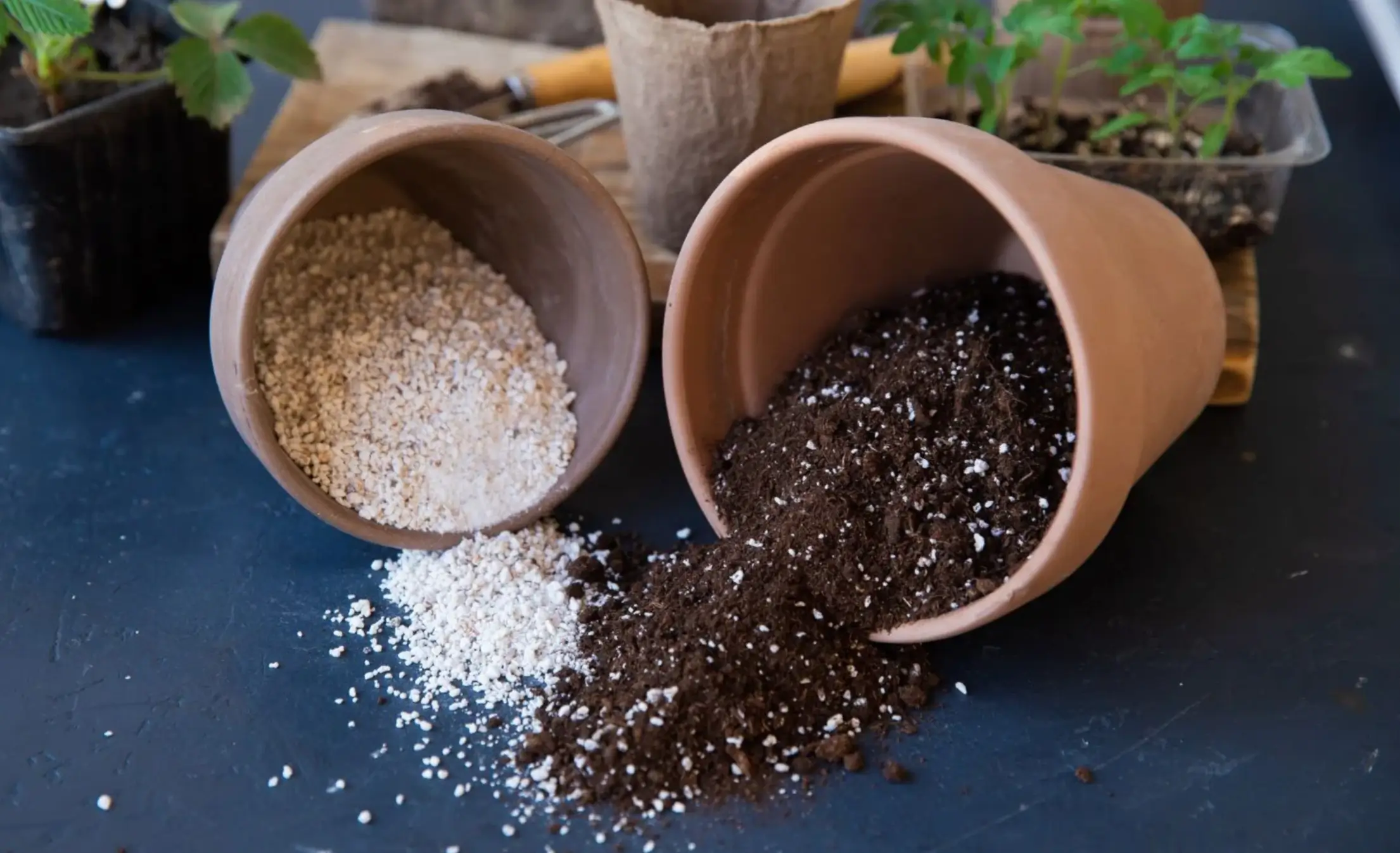
Soil Health & Fertilization
Victor Miller
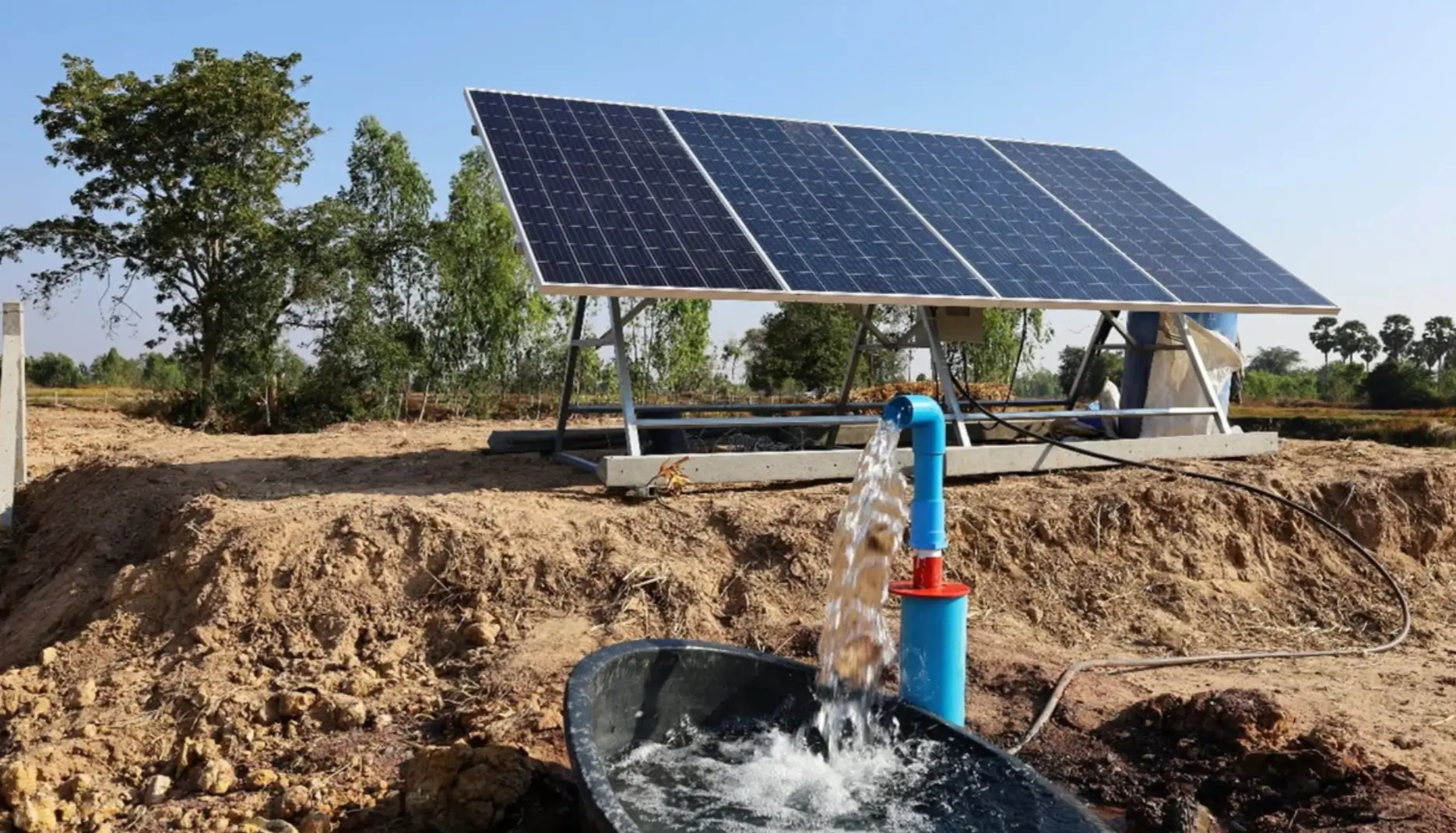
Smart Irrigation Systems
Victor Miller

Patios, Walkways & Driveways
Victor Miller
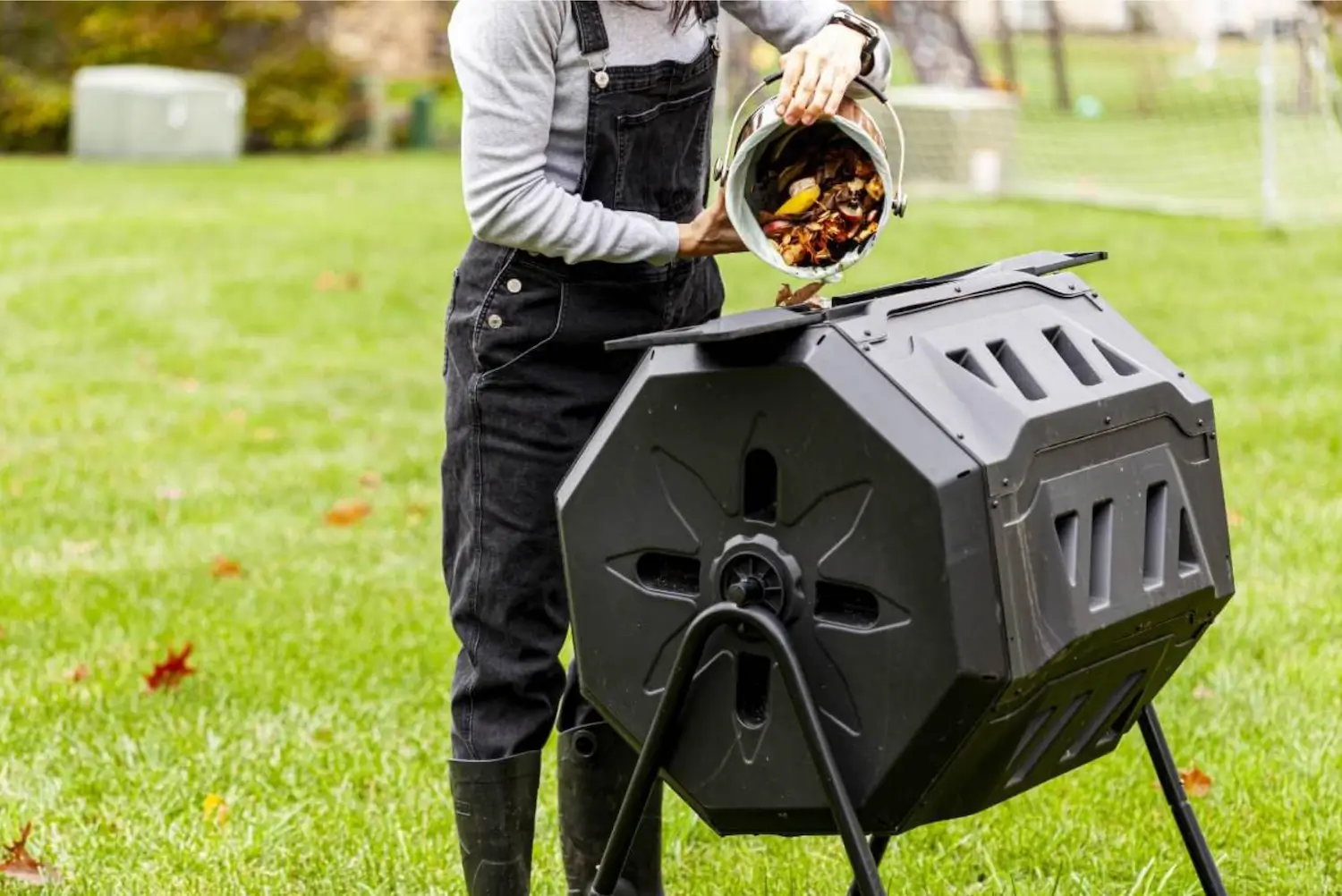
Soil Health & Fertilization
Victor Miller
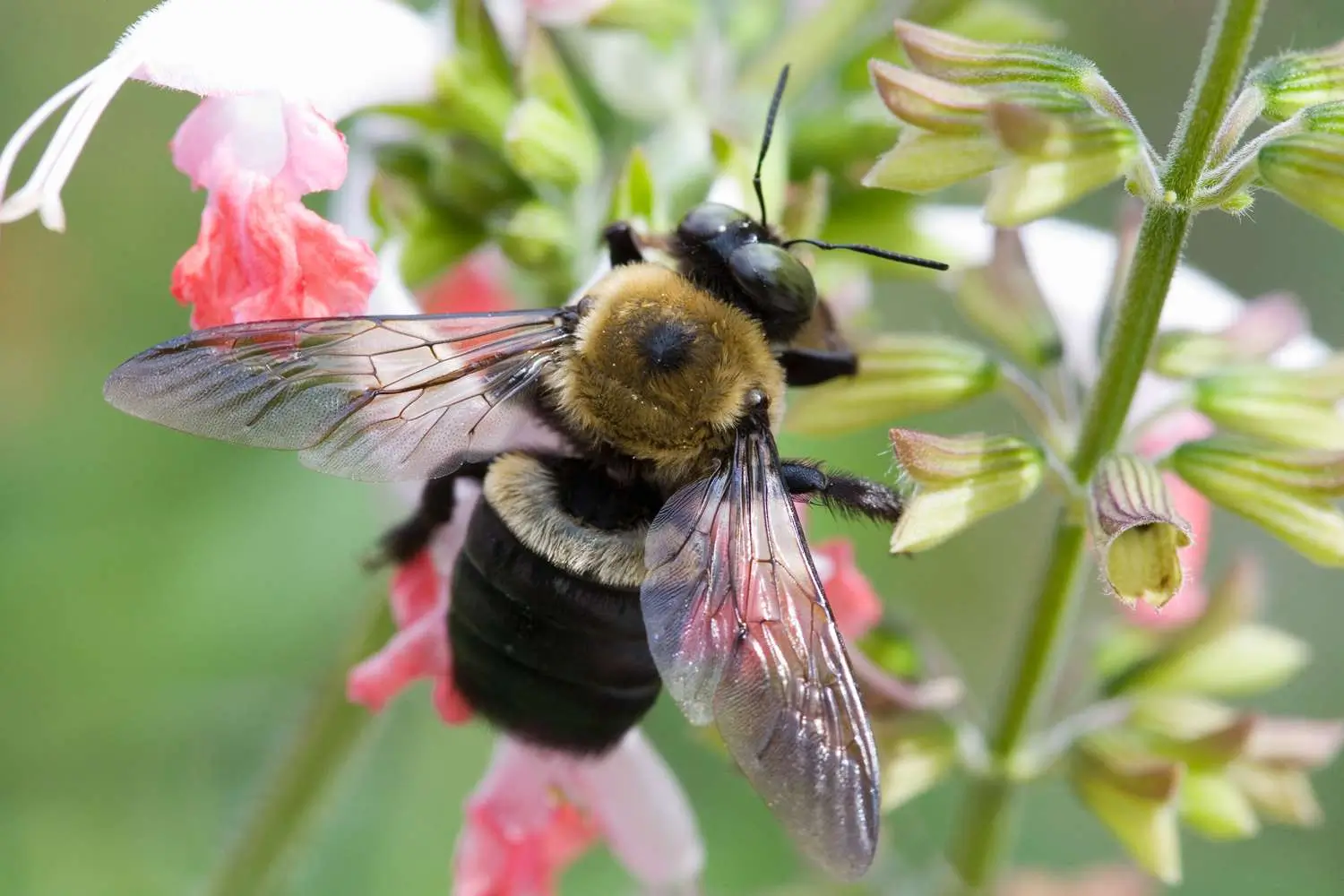
Pest Identification & Prevention
Victor Miller
My Account
Our team is always here to help.
We are open Monday - Friday, 9:00 AM to 4:30 PM PST.